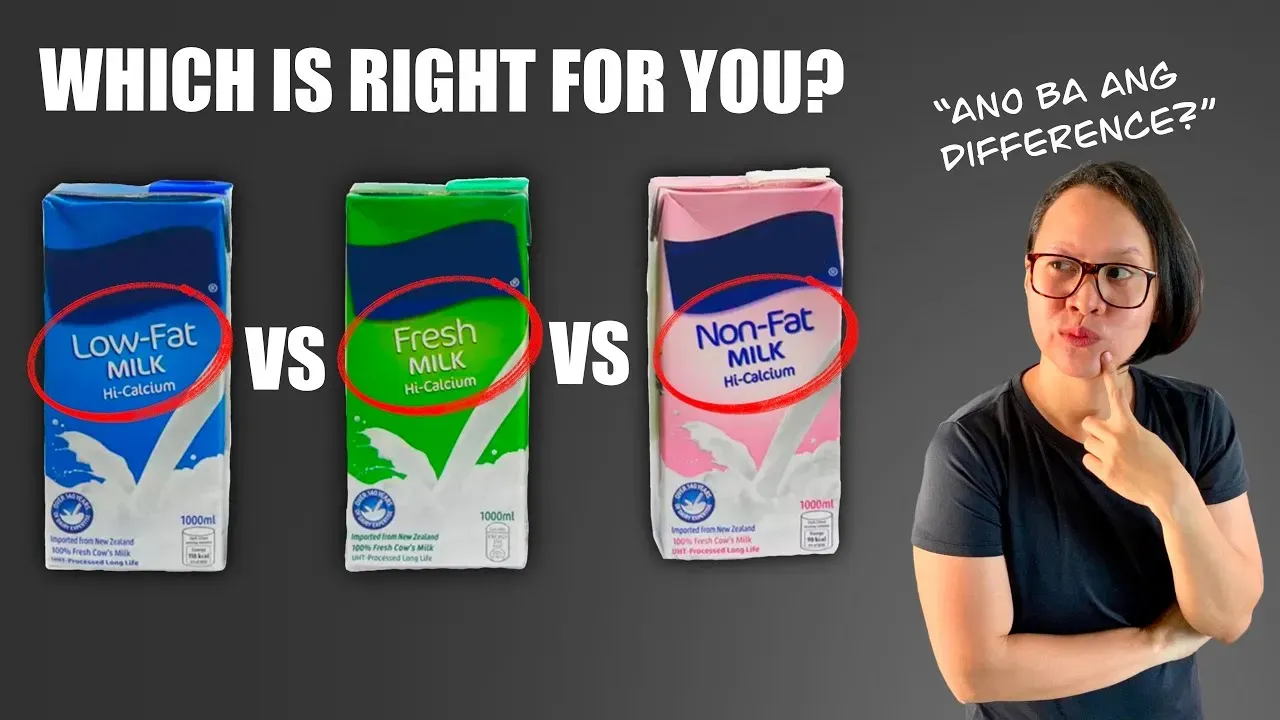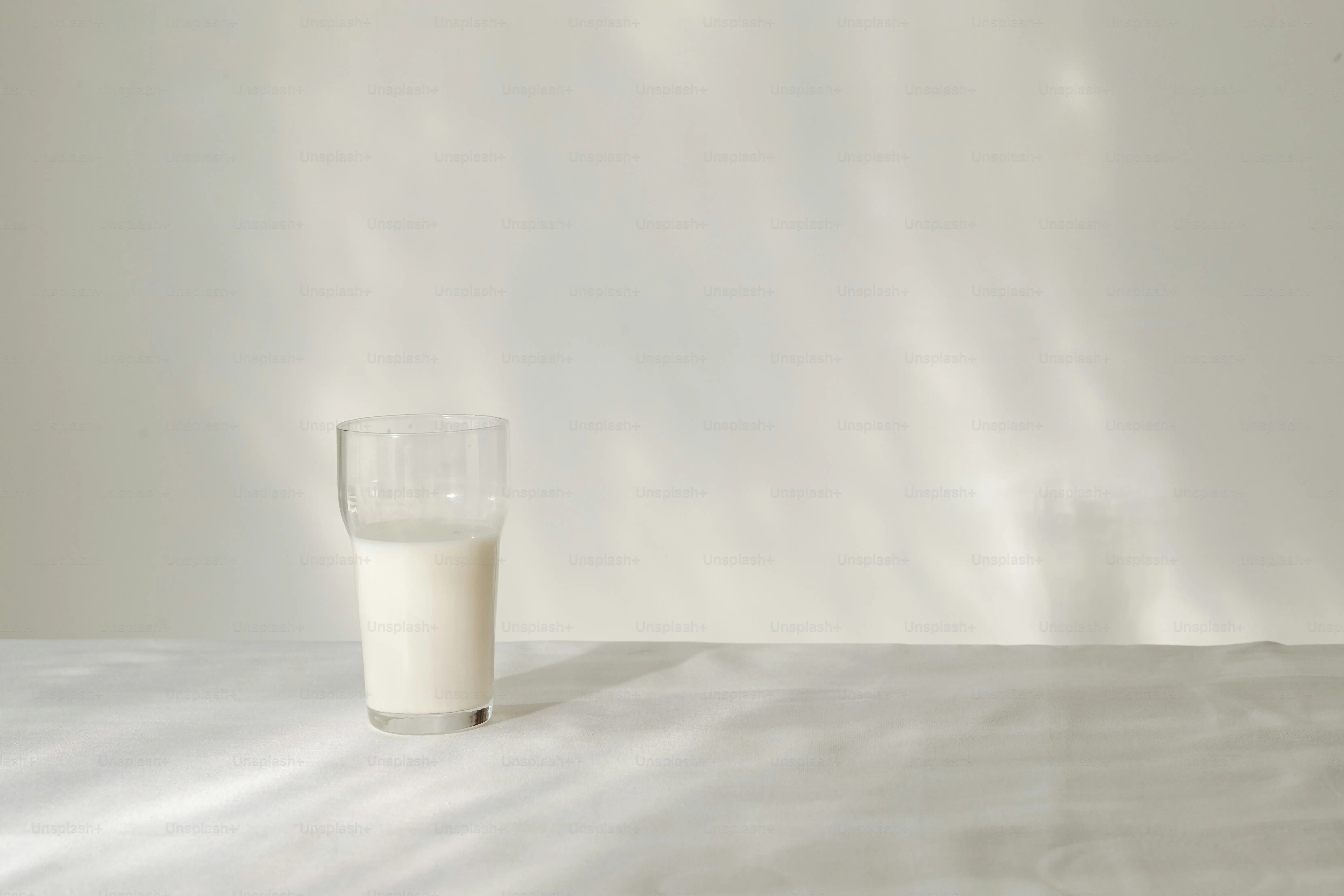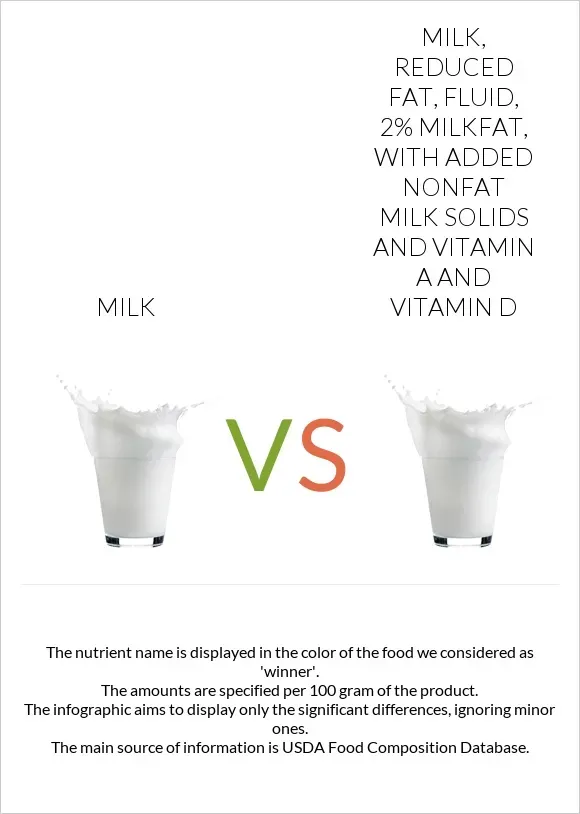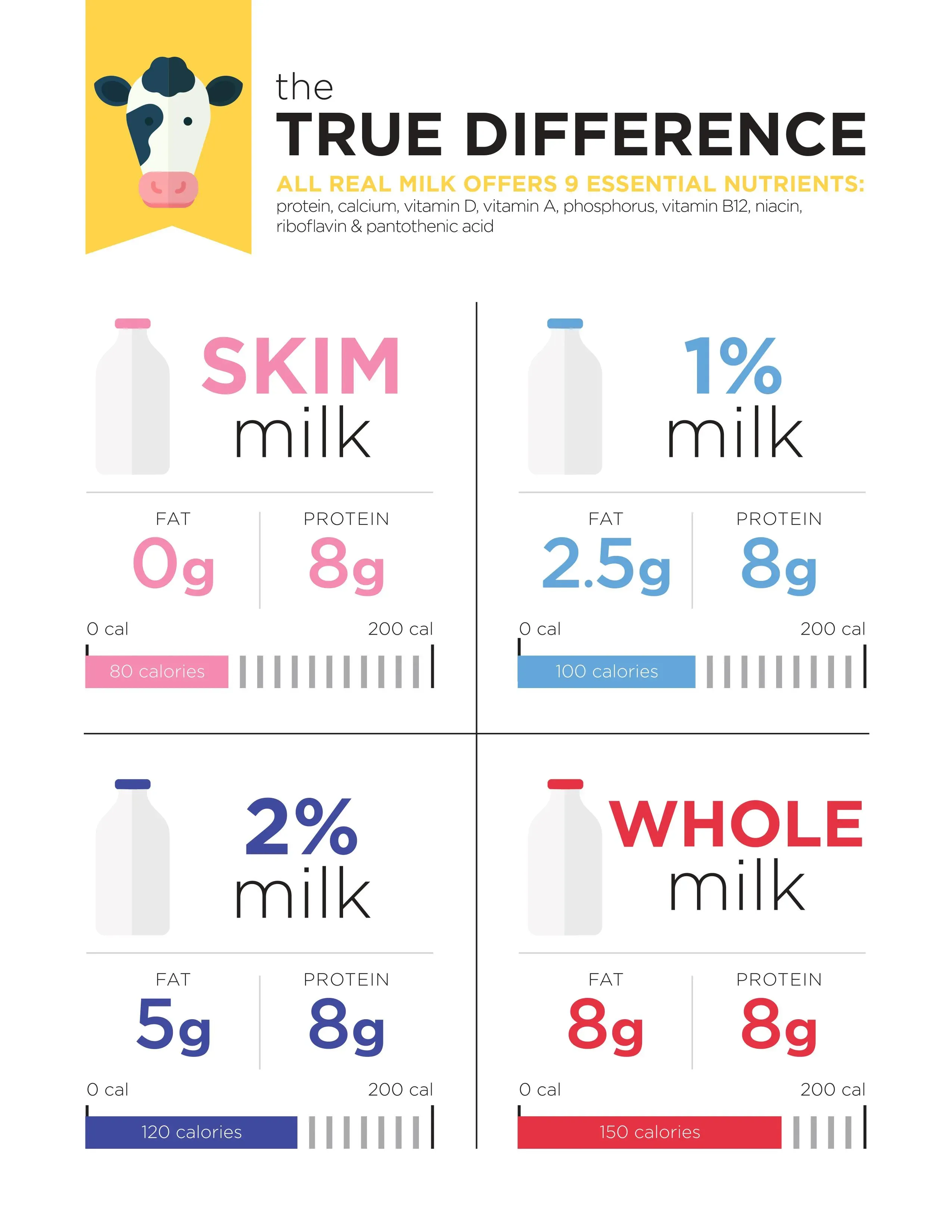Table of Contents
For years, we heard the message loud and clear: ditch the full-fat dairy, go for low-fat or even skim. The idea was simple – less fat means less saturated fat, which supposedly means a healthier heart and a slimmer waistline. But the science on fat, especially saturated fat, has gotten a bit more complicated than the simple message we were fed. This leaves many people standing in the dairy aisle, staring at the options and wondering: what's the real story with nonfat milk vs low fat milk? Is one truly superior? Are we missing out on something by skipping the fat entirely? We're going to cut through the confusion. We’ll look at the actual differences in fat content, sure, but also dig into the other nutrients, the calories, and what recent research suggests about saturated fat and your health. We’ll help you understand who might benefit most from choosing nonfat milk and who might be better off with low fat milk. By the end of this, you should have a clearer picture, moving beyond outdated advice to make a choice that actually fits your life and your health goals.
Breaking Down Milk Fat: What Separates Nonfat vs Low Fat Milk?

Breaking Down Milk Fat: What Separates Nonfat vs Low Fat Milk?
It's All About the Percentage
Alright, let's get down to brass tacks about nonfat milk vs low fat milk. The fundamental difference isn't some mystical property or secret ingredient. It’s simply the amount of milk fat left in the carton after processing. Think of it like adjusting a recipe – you're just taking out one element to change the final product. Whole milk, the stuff that comes straight from the cow (after pasteurization and homogenization, of course), clocks in at around 3.25% milk fat. That's our baseline, the original version.
When you see "low fat milk," you're looking at milk that has had some, but not all, of that fat removed. The standard for low fat milk is 1% milk fat. So, a significant chunk of the fat is gone compared to whole milk, but there's still a measurable amount present. It’s not just a tiny trace; it’s enough to slightly alter the texture and flavor compared to its fat-free cousin.
Skimming Off the Top (Literally)
Now, nonfat milk, often called skim milk, takes the fat removal process even further. The goal here is to get as close to zero fat as possible. Regulations require it to contain less than 0.5% milk fat. In practice, it's usually much lower, hence the "nonfat" label. This is achieved by sending the milk through a centrifuge, which spins it at high speed. Since fat is lighter than the other components of milk (like protein and carbohydrates), the centrifuge separates the fat from the liquid. The fat is then skimmed off, leaving behind the watery, fat-reduced liquid we know as skim or nonfat milk.
This process of separation is pretty efficient. It’s not like some magical transformation happens; you're just physically removing the fat globule layer. What's left is essentially the milk serum, rich in protein, lactose (milk sugar), vitamins, and minerals, but with minimal to no fat. It's why nonfat milk feels thinner and has a less creamy mouthfeel than low fat or whole milk. The fat content directly impacts the viscosity and richness you perceive when you drink it.
Milk Type | Approximate Milk Fat Content |
|---|---|
Whole Milk | 3.25% |
Low Fat Milk | 1% |
Nonfat (Skim) Milk | Less than 0.5% |
The Historical Fat Fear
The reason we even have nonfat milk vs low fat milk options in the first place stems largely from dietary recommendations that gained traction decades ago. The prevailing wisdom linked dietary fat, particularly saturated fat, directly to heart disease and weight gain. Milk fat is primarily saturated fat. Therefore, reducing or removing the fat from milk seemed like a logical step to create a "healthier" product according to the guidelines of the time. This led to the widespread promotion of skim and low-fat dairy as the healthier choice for everyone.
It became almost dogma in nutrition circles and public health campaigns. Parents were told to give their kids skim milk, adults switched from whole milk, and the dairy aisle became a spectrum of fat percentages, with the lowest being held up as the ideal. This historical context is important because it explains why these options exist and why the conversation around nonfat milk vs low fat milk has been so focused on fat avoidance for so long, a perspective that modern science is now challenging.
Beyond the Fat: Nutritional Differences in Nonfat vs Low Fat Milk

Beyond the Fat: Nutritional Differences in Nonfat vs Low Fat Milk
Beyond the Fat: Nutritional Differences in Nonfat vs Low Fat Milk
so we've nailed down the obvious – the fat content is the big signpost when you compare nonfat milk vs low fat milk. But let's be real, milk is more than just fat. It's packed with other stuff our bodies actually need. When you strip out the fat, you don't necessarily strip out everything else. The protein content, for instance, stays remarkably consistent whether you're drinking skim, 1%, 2%, or whole milk. Same goes for calcium – that bone-building mineral is still there in roughly the same amounts across the different fat levels. Lactose, the milk sugar, is also present in similar quantities. Where things get a *little* different, beyond the fat itself, is with certain vitamins. Vitamins A and D are naturally found in milk fat, but because they're so important, they're typically added back into reduced-fat, low-fat, and nonfat milk during processing. So, you're usually not missing out on those key vitamins just because you chose the nonfat version.
Nutrient (per 1 cup) | Nonfat Milk | Low Fat (1%) Milk |
|---|---|---|
Calories | Around 80 | Around 100 |
Total Fat | Less than 0.5g | Around 2.5g |
Saturated Fat | Less than 0.3g | Around 1.5g |
Protein | Around 8g | Around 8g |
Calcium | Around 300mg | Around 300mg |
Vitamin A | Added (often 15-20% DV) | Added (often 15-20% DV) |
Vitamin D | Added (often 25% DV) | Added (often 25% DV) |
Saturated Fat and Your Health: Rethinking Nonfat vs Low Fat Milk Advice

Saturated Fat and Your Health: Rethinking Nonfat vs Low Fat Milk Advice
The Long Shadow of the Low-Fat Dogma
For decades, the message was simple and hammered home relentlessly: Saturated fat is bad. It raises cholesterol, clogs arteries, and leads straight to heart attacks. Therefore, any food high in saturated fat, like whole milk, was public enemy number one in the dairy aisle. This fear is precisely why the options of nonfat milk vs low fat milk became so popular, almost mandatory, for anyone trying to eat "healthy." We were told to skim off the fat, literally and figuratively, from our diets. This advice, while well-intentioned based on the understanding at the time, painted saturated fat with too broad a brush, ignoring the complexity of food and how different types of saturated fats might affect the body differently.
It led to a whole generation believing that the less fat in their milk, the healthier it automatically was, end of story. This simple narrative overlooked the fact that when fat is removed, something else often replaces it – usually sugar or other carbohydrates – to maintain palatability. So, while you might have been cutting saturated fat by choosing nonfat milk vs low fat milk, you weren't necessarily getting a universally healthier product depending on the overall diet. The single-nutrient focus missed the bigger picture of dietary patterns and the matrix of nutrients within a food.
Beyond Cholesterol: A More Nuanced View
Fast forward to today, and the scientific conversation around saturated fat has evolved significantly. It turns out the link between dietary saturated fat and heart disease isn't as direct or simple as once believed. Recent large-scale studies and meta-analyses haven't found a strong association between total saturated fat intake and increased risk of heart attack or stroke in healthy individuals. This doesn't mean saturated fat is a free-for-all, but it suggests that the source of the saturated fat matters, and the overall dietary context is crucial. Dairy fat, in particular, seems to behave differently than saturated fat from other sources like processed meats.
Some research even indicates that full-fat dairy consumption might be associated with a *lower* risk of type 2 diabetes and metabolic syndrome. The idea that saturated fat in milk is inherently bad for everyone is being challenged. This shift in understanding means the automatic assumption that nonfat milk vs low fat milk is always the healthier choice needs a second look. It invites us to consider the potential benefits of the other components in milk fat, like beneficial fatty acids, and how the fat content affects the absorption of fat-soluble vitamins naturally present or added to milk.
What are some of the newer perspectives on saturated fat in dairy?
- Dairy saturated fat may have unique effects compared to saturated fat from meat.
- The "food matrix" (how nutrients are packaged in food) matters.
- Full-fat dairy might offer protective effects against metabolic diseases for some people.
- Focus is shifting from single nutrients to overall dietary patterns.
Who Should Choose Nonfat vs Low Fat Milk? Specific Health Needs

Who Should Choose Nonfat vs Low Fat Milk? Specific Health Needs
When Less Fat Might Be Your Friend
so we've established that the old "fat is bad" narrative isn't the whole story, especially with dairy. But that doesn't mean fat content is irrelevant for everyone. There are absolutely situations where choosing nonfat milk vs low fat milk, and leaning towards the nonfat side, makes practical sense from a health perspective. If you have a specific medical condition that requires strict monitoring of fat intake – think certain digestive disorders where fat is poorly absorbed, or perhaps you're following a very low-fat diet prescribed by a doctor for a particular reason – then nonfat milk is the obvious pick. It offers the protein, calcium, and vitamins without adding significant dietary fat to your daily tally. It’s a straightforward way to get milk's benefits while sticking to dietary constraints. It’s not about morality; it’s about managing a specific health challenge.
Even for folks managing their weight solely through calorie counting, the lower calorie count of nonfat milk can be appealing. Swapping from low fat milk to nonfat shaves off about 20 calories per cup. Over a year, if you drink a cup a day, that's roughly two pounds worth of calories. Small potatoes, maybe, but every little bit counts if you're meticulously tracking. So, while the fat in low-fat milk isn't inherently evil, nonfat offers a lower-calorie, lower-fat baseline that fits certain dietary strategies or medical necessities cleanly.
Considering the Slightly Creamier Option
Now, let's look at the flip side of the nonfat milk vs low fat milk coin. For many healthy individuals, the 1% fat in low fat milk isn't a significant dietary burden. In fact, that small amount of fat does a couple of things. First, it makes the milk taste better, let's be honest. It has a richer mouthfeel and flavor compared to the sometimes watery texture of skim milk. If drinking milk feels like a chore because you dislike the taste of nonfat, then choosing low fat milk might mean you actually consume milk and get its nutrients, rather than avoiding it altogether. Consistency matters more than theoretical perfection.
Second, that little bit of fat can contribute to satiety – that feeling of fullness. While it's not a huge amount, incorporating some fat into a beverage can help you feel more satisfied, potentially preventing you from reaching for less healthy snacks later. For someone who isn't on a medically restricted diet and enjoys milk, low fat milk offers a good balance: most of the nutritional benefits of milk with a modest amount of fat that improves palatability and might offer some small satiety benefits, without the higher calorie and fat load of whole milk. It sits in a sensible middle ground.
What might make low fat milk a better choice for some?
- Improved taste and texture compared to nonfat milk.
- Potential for slightly increased satiety due to fat content.
- Provides essential nutrients found in milk.
- A good compromise for those not needing strict fat restriction.
Individual Needs and Life Stages
Ultimately, the choice between nonfat milk vs low fat milk depends heavily on individual circumstances, dietary patterns, and health goals. A growing child, for instance, needs more dietary fat for development than a sedentary adult, and recommendations for them often differ. Someone with a very active lifestyle who needs more calories might easily fit low fat milk, or even whole milk, into their diet without issue. Conversely, someone managing cardiovascular risk factors might, under their doctor's guidance, choose nonfat to minimize saturated fat intake, although, as we've seen, the evidence linking dairy fat directly to heart disease is weakening.
Consider your overall diet. Are you getting plenty of healthy fats from other sources like avocados, nuts, and olive oil? If so, the fat in low fat milk might be less of a factor. Are you struggling to get enough calories? Low fat milk offers a few more than nonfat. The key isn't to blindly follow outdated dogma but to look at your personal health profile, your dietary needs, your preferences, and frankly, what kind of milk you'll actually drink consistently to get the nutritional benefits it offers. There's no single "right" answer for everyone; it's about finding the best fit for *you*.
Making Your Milk Choice: Nonfat vs Low Fat Milk Fits Your Lifestyle

Making Your Milk Choice: Nonfat vs Low Fat Milk Fits Your Lifestyle
Taste Buds and Texture Preferences
let's be honest. Beyond all the nutritional breakdowns and shifting science, a big part of picking between nonfat milk vs low fat milk comes down to what you actually *like* to drink. Nonfat milk, bless its heart, can feel a bit like slightly thickened water to some people. It lacks the creamy mouthfeel that fat provides. Low fat milk, with its 1% fat content, bridges that gap a little. It's not as rich as whole milk, but it has more body and a smoother texture than skim. If the taste and texture of nonfat milk make you gag, forcing yourself to drink it just because it has fewer calories or less fat probably isn't sustainable. You're better off choosing the option you'll actually consume regularly to get the protein, calcium, and other vitamins milk offers.
Think about how you use milk too. Is it for splashing in coffee? Pouring over cereal? Drinking a cold glass on its own? Nonfat might disappear in coffee, but its thinness is noticeable over granola. Low fat offers a bit more presence in all these scenarios. Your personal enjoyment matters. Nutrition is important, but so is adhering to a diet you can stick to long-term, and that often involves choosing foods and drinks you find palatable.
Ask yourself:
- Do I enjoy the taste of nonfat milk on its own?
- Does the texture difference bother me?
- How will I primarily be using this milk?
- Will choosing nonfat make me less likely to drink milk at all?
Fitting Milk into Your Overall Diet
Choosing nonfat milk vs low fat milk shouldn't happen in a vacuum. You need to look at your entire diet. Are you getting plenty of healthy fats from other sources like avocados, nuts, seeds, and fatty fish? If so, the small amount of fat in low fat milk is unlikely to be a major dietary concern. If your diet is already high in saturated fat from other sources, maybe leaning towards nonfat makes more sense *for you*, not because the milk fat itself is inherently bad, but to manage your total daily intake. It’s about balance across everything you eat and drink throughout the day, not fixating on a single component in one food item.
Consider your calorie needs as well. If you're very active or trying to gain weight, the extra calories from low fat milk (or even whole milk) are easily accommodated and can be beneficial. If you're trying to reduce calorie intake, nonfat milk offers similar nutrients for fewer calories. There's no one-size-fits-all rule here. It’s about integrating your milk choice into the larger picture of your energy needs and nutrient intake from all sources. Don't let outdated fear of fat dictate your decision if it doesn't align with your actual dietary pattern and health status.
Making the Choice That Works for You
So, after wading through the fat percentages, the vitamin charts, and the evolving science on saturated fat, where do you land on nonfat milk vs low fat milk? The most sensible approach is to consider your personal health status (do you have specific medical conditions requiring fat restriction?), your overall dietary habits, your calorie needs, and yes, your taste preferences. For many healthy adults, the difference between nonfat and low fat milk in the context of a balanced diet is relatively minor in terms of long-term health outcomes. Both provide valuable protein and calcium.
If you genuinely prefer the taste and texture of low fat milk and it fits within your overall calorie and fat intake for the day, there's little compelling reason based on current evidence to force yourself to drink nonfat milk. Conversely, if you're strictly managing calories or fat, or simply don't mind the thinner consistency, nonfat milk is a perfectly valid and nutrient-rich choice. The era of demonizing all fat, including milk fat, is passing. Make an informed choice that supports your health goals and, crucially, is a choice you'll actually stick with.
Making Your Milk Decision: It's Not One-Size-Fits-All
So, after wading through the fat percentages, the evolving science on saturated fat, and the nutrient profiles, where does that leave you in the nonfat milk vs low fat milk debate? It turns out the simple "low-fat is always better" mantra might be too simplistic. While nonfat milk offers a calorie advantage and still delivers protein and calcium without the fat, low fat milk retains a bit more fat, which can impact nutrient absorption and potentially contribute to satiety. The key takeaway isn't that one milk magically solves all your health problems or that the other is poison. It's about understanding the slight nutritional variations and considering your own dietary needs, overall fat intake, and health status. For some, cutting every gram of fat is the priority; for others, the minimal fat in low-fat milk might offer some benefit without significant drawback. Your choice hinges on your personal dietary landscape, not just a decades-old guideline.
